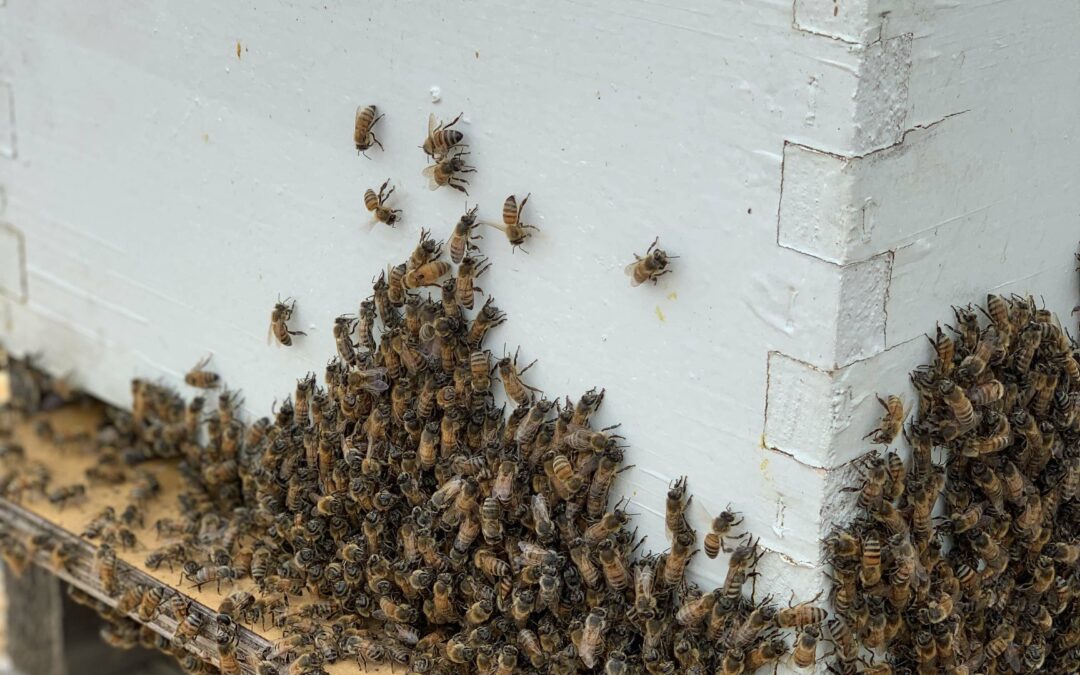Caring for your beehive in April in the Bay Area, California, involves several key activities to ensure the health and productivity of your colony as it enters a crucial period of growth and activity. Here are some general guidelines and tasks to consider:
- Inspection for Health and Queen Presence: It’s vital to perform a thorough inspection of your hive to check for the health of the bees and the presence of a laying queen. Look for eggs, larvae, and capped brood as signs of a queen’s activity. Also, keep an eye out for any signs of disease or pests.
- Swarm Prevention: April is a common month for swarming in the Bay Area due to the increase in population and hive activity. To prevent swarming, consider checking for signs of overcrowding and making space by adding supers or performing a split if necessary. Removing some frames of brood and bees to start a new hive can also reduce the swarming impulse.
- Feeding: While natural forage begins to become more abundant in April, monitor the hive’s food stores closely. If the winter was harsh or if natural forage is still sparse, you might need to continue feeding your bees sugar syrup or pollen patties to ensure they have enough energy for brood rearing and foraging.
- Pest and Disease Management: Keep an eye out for pests such as Varroa mites and diseases like Nosema. Early detection and treatment are crucial to maintaining the health of your hive. Consider monitoring mite levels and applying treatments if necessary, following the best practices and recommendations for your area.
- Adding Supers: As the nectar flow increases with the bloom of flowers, you’ll need to add supers to give your bees room to store honey. This not only helps in preventing swarming but also sets the stage for a productive honey harvest later in the year.
- Water Source: Ensure your bees have a close and reliable water source. Bees need water for cooling the hive and processing honey, especially as temperatures begin to rise.
- Record Keeping: Keep detailed records of your inspections, including the health of the colony, any treatments applied, and the hive’s progress. This information will be invaluable for managing your hive throughout the year.
Remember, beekeeping practices can vary based on local conditions, the specific needs of your bees, and the flora available in your area. It can also be helpful to connect with local beekeeping clubs or societies in the Bay Area for more tailored advice and updates on regional forage and health concerns.

